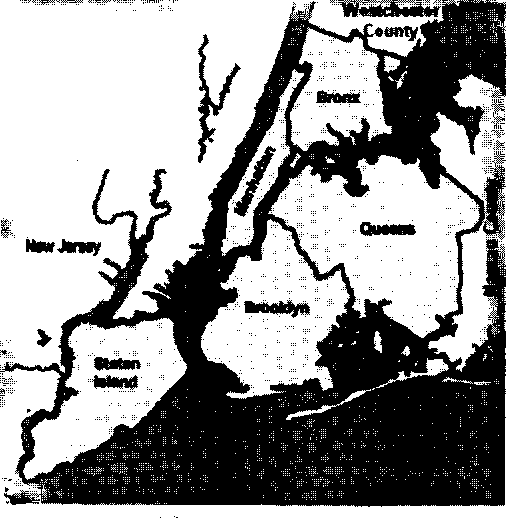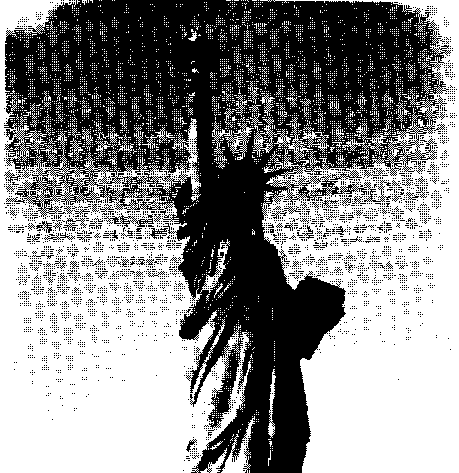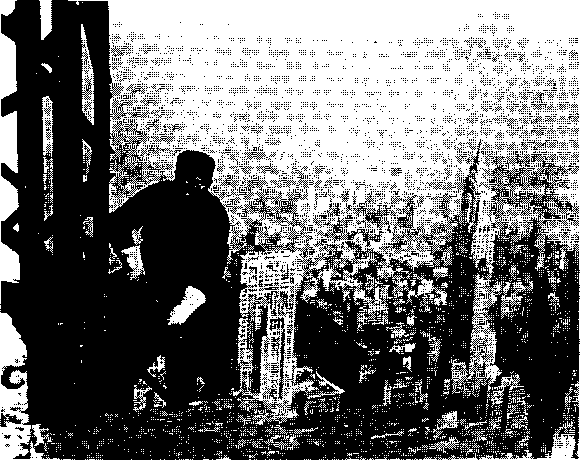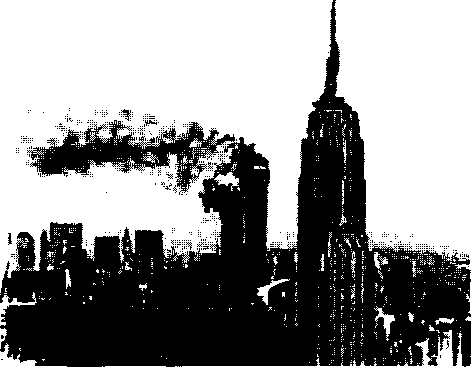
- •1.1Flags and National Symbols
- •1.1.3 London
- •1.3 History
- •1.3.1 Pre-Roman England
- •1.3.2 Roman Britain
- •1.3.3 The Anglo-Saxons, Celts, Vikings and the Dark Ages
- •1.3.4 The Norman Invasion
- •1.3.5 Norman and Other English Castles
- •1.3.6 The Tudors
- •1.3.7 Civil War and Oliver Cromwell
- •1.3.9 The British Empire
- •1.3.10 World War 1 and the /inter-wai/ years
- •1.4 Language
- •1.5.1 System of Government
- •1.5.2 System of Education
- •Infant School or Primary School
- •1.5.3 Law
- •1.5.4 Religion
- •1.6 Mass media
- •2.1 Flag and National Symbols
- •2.2.1 Physical Geography
- •2.2.2 Human Geography and Demographics
- •2.2.3 Washington dc
- •2.2.4 New York
- •2.3 History
- •2.3.1 Native Americans
- •2.3.2 Immigration and the creation of the usa
- •200 Mies
- •2.3.3 Racial inequality and the Civil War
- •2.3.4 Growth and expansion
- •2.3.5 The rise of modern America after ww1
- •2.4 Language
- •2.5.1 System of Government
- •2.5.2 System of Education
- •I.Fa gui
- •2.5.3 Law
- •2.5.4 Religion
- •2.6 Mass media
2.2.4 New York
New York City (officially named the City of New York), often referred to as "the Big Apple", is the largest city in the United States. It is the world's most important centre for global finance and communications. The city is also home to hundreds of world-class museums, galleries, and performance venues, making it the cultural and entertainment capital of the Western Hemisphere.

Right the 5 boroughs bordered by the State of New Jersey and the counties of Nassau and Westchester.
Manhattan (New York County, pop. 1,564,798) is the business centre of the city, and the most superlatively urban. It is the most densely populated, and the home of most of the city's skyscrapers.
The Bronx (Bronx County, pop. 1,363,198) is known as the purported birthplace of hip hop culture, as well as being the home of the New York Yankees. It is the only part of the city on the mainland.
Brooklyn (Kings County, pop. 2,472,523) is the most populous borough, with a strong native identity. It ranges from a business district downtown to large residential tracts in the central and southeastern areas.
Queens (Queens County, pop. 2,225,486) is the most diverse county in the U.S., with more immigrants than anywhere else. Geographically it is the largest of the boroughs, and the legacy of its old constituent towns is still evident.
Staten Island (Richmond County, pop. 459,737) is somewhat isolated and the most suburban part of the city. But it in the last decades it has been growing more a part of city life, especially since the opening of the Verrazano Narrows Bridge in 1964.
European settlement began with the founding of the Dutch settlement of New Amsterdam on the southern tip of Manhattan in 1626. Many Huguenots (French protestants) seeking religious freedom also settled in the area. In 1664, English ships captured the city without struggle, and it was renamed New York, after James, Duke of York to whom the territory had been given by his brother Charles II. The Duke of York in turn took his title from the City of York in England, hence the prefix 'New'.
In 1863, New York had become a large city but had not yet began its major growth spurt, when it suffered the Draft Riot, which the Guinness Book of World Records lists it as the bloodiest riot in history, costing approximately 1,200 lives and causing $1.5m of damage, the equivalent of billions today. The riot initially started as a protest against President Abraham Lincoln's Enrollment Act of Conscription to
draft men to fight in the ongoing Civil War. Some 50,000 people, particularly poor Irish immigrants, rioted, smashing store windows and attacking people, mainly African Americans, on the street.

The Statue was a gift from France, made in 1884 and arriving in New York Harbour in 1885 on board the French frigate Isere. In transit, the Statue was reduced to 350 individual pieces and packed in 214 crates. (The right arm and the torch, which were completed earlier, had been exhibited at the Centennial Exposition in Philadelphia in 1876) The Statue was reassembled on her new pedestal in four months' time. On October 28,1886, the dedication of the Statue of Liberty by U.S. President Grover Cleveland took place in front of thousands of spectators.
![]()
The Statue of Liberty left
As New York grew, its skyline became one of the most famous in the world, mostly due to its skyscapers, that even today make tourists spend so much time looking up at them that locals describe them as 'rubbernecking'.
The
construction of the taller sc-yscrapers involved amazing
engineering and bravery on the part of the workers.

New York City is the chief centre of finance in the world economy, with Wall Street in Lower Manhattan's Financial District. Financial trading exchanges based in the city include the New York Stock Exchange (NYSE), NASDAQ, the American Stock Exchange, the New York Mercantile Exchange, and New York Board of
Trade

The daily turnover in terms of transaction value is staggering - a successful desk (or single trading position) on the NYSE will handle more than a billion dollars of foreign exchange transactions per day, out of a total daily value of more than a trillion dollars traded on just that single site in a single "market" (category of financial instrument); foreign exchange in this case.
Left the NYSE
NASDAQ, originally an acronym for National Association of Securities Dealers Automated Quotations, is a stock exchange run by the National Association of Securities Dealers. When it began trading in 1971, it was the world's first electronic stock market. Since 1999, it is the largest American stock exchange with over half the companies traded in the United Spates listed.
The "state of the economy" usually determines the amount of transactions each day in New York - the more confidence there is, the higher the volume. However most days the turnover in trades is in the hundreds of trillions of USD.
New York City serves as an enormous engine for the global economy, with an estimated gross metropolitan product of US$488.8 billion in 2003. If it were a nation, the city would have the 16th highest gross domestic product in the world, exceeding that of Russia ($433 billion), for example.
However, note that the median annual income for a household in 2003 in the city was $38,293, and the median annual income for a family was $41,887. Males had a median annual income of $37,435 versus $32,949 for females. The per capita annual income for the city is $22,402. 21.2 % of the population and 18.5 % of families are below the poverty line. Out of the total population, 30.0 % of those under the age of 18 and 17.8 % of those 65 and older are living below the poverty line.
The Mayor of New York controls an economy and population larger than most countries in the world. The Mayor is elected by direct popular vote. The mayor has executive authority over five divisions of city government as well as several independent government offices. The divisions, each comprising several city agencies and headed by an appointed Deputy Mayor, are: Operations, Economic Development and Rebuilding, Policy, Administration and Legal Affairs. The mayor has
broad emergency powers which can be exercised in cases of emergency weather conditions, natural disaster, riots, civil unrest, invasion or other emergency.
The most dramatic emergency, perhaps ever in the history of the USA, took place in 2001.

The September 11 attacks in 2001 were a series of coordinated terrorist attacks. According to the U.S. government, nineteen members of al-Quaeda, a militant Islamic group, hijacked four commercial aircraft. They crashed one into each of the two tallest towers of the World Trade Center in Manhattan after which both towers collapsed.
Right the second tower is hit
The third aircraft crashed into the U.S. Department of Defense headquarters, the Pentagon, in Arlington Count, Virginia, just outside the capital, Washington, D.C. The majority of the fourth plane was found in Pennsylvania. The attacks were the most lethal ever carried out in the U.S. The death toll of nearly 3,000 exceeded the toll of approximately 2,400 dead after the surprise Japanese attack on Pearl Harbour in 1941.
The Freedom Tower, to be built on the site of the Twin Towers, is intended to be the world's highest skyscraper after its scheduled completion in 2008.

Taxicabs are operated by private companies and licensed by the New York City Taxi & Limousine Commission.
Right Broadway with most of the traffic being yellow taxicabs.
There are two kinds of taxis: "medallion taxis," which are the familiar yellow taxis, and "car services," which may only be radio- or computer-dispatched to pick up customers who have called for a taxi. Yellow cabs patrol most of Manhattan and may be hailed with a raised hand.
Passengers must by law be taken anywhere within the five boroughs -although some drivers baulk at this. As of May 2004, fares begin at $2.50 ($3.00 after 8 pm, and $3.50 during peak, weekday hours). Prices increase based on time elapsed and distance travelled.

Annually on New Year's Eve, hundreds of thousands of people congregate in Times Square as millions watch on television.
Macy's is advertised as being the world's largest store, covers a whole block, and annually has a parade that brings a section of New York to a standstill.
The first Macy's Thanksgiving Day Parade was held in New York in 1924. Since then this has been an annual event drawing tens of thousands of spectators and in later years millions of television viewers.
The 2004 Macy's Parade right
New York City has by far the most extensive network of public transport in the United States. The world famous New York Subway is operated by the Metropolitan Transportation Authority (MTA). It is the most extensive subway system in the world when measured by mileage of track (1050 km of mainline track), and the
fifth largest when measured by annual usage (1.4 billion passenger trips in 2004). The subway system connects all five boroughs except Staten Island, which is served by the Staten Island Railway. The city is also served by the PATH subway system, which connects the borough of Manhattan to New Jersey. In addition these, city residents rely on hundreds of bus lines, both publicly and privately owned, which serve all areas of the five boroughs.
